Dharamshala,29th August: Anyone who claimed a peaceful border scenario one year ago would have been accused of wishing to believe in the terrible struggle between Chinese and Indian soldiers in the Galwan River basin. Fortunately, this has been somewhat true – the situation at the border is not as severe as it once was. The applause should be given to New Delhi for working silently behind the scenes to ease this, particularly by minimising human patrouiling at important border crossing areas.
However, the worsening of bilateral relations between India and China was not stopped by either old or ‘new’ diplomatic efforts or by the full elimination of the possibilities of border clashes. Despite the effort of New Delhi to achieve minor economic decoupling from Beijing, trade between the two nations remained high last year at US$87 billion that did not help stabilise bilateral ties. Thus, a year later, further diplomatic actions based on moderate trust development can follow this new diplomacy. The ongoing discussions and negotiations could be supported by at least three factors.
To start with, the megaphone diplomacy sent to the public must end by Beijing. They have already taken moves to achieve that since the crisis in July last year. It would also be advantageous to keep public statements under the wraps of every round of conversations – when they will occur, who was at the table and what has been or has not been done. The leakage of the alleged observations and stances during diplomatic and military discussions must likewise be ended.
Secondly, the smart reduction of strength in Ladakh would help stabilise military ties in this difficult area. On the Ladakh front, up to 200,000 troops are believed to be on both sides. Shooting tanks, artillery and drones (the latter of which are particularly in evidence on the Chinese side). The planes of both sides might also have been shifted up.
Smaller numbers would serve to reassure both military forces throughout the theatre. Strict and mechanically symmetric decrease of force may not be necessary. Chinese infrastructure and Tibet’s flat terrain permit rapid movements by the People’s Liberation Army. India is slowing down its weaker infrastructure and severely hilly border approaches. Therefore, the reduction of arms must be carried out with complexity and a sense of achievement. These advantages are both substantial and psychological, indicating a wish to revert to more conventional border management.
The Solutions are Given by Kanti Bajpai in SCMP.
Kanti Bajpai is the Wilmar Professor of Asian Studies at the Lee Kuan Yew School of Public Policy, National University of Singapore (NUS). The original article was first published by the Asian Peace Programme, an initiative to promote peace in Asia, housed in the NUS Asia Research Institute. Majority of this article is based on the original article with slight altercations.
Photo: AFP

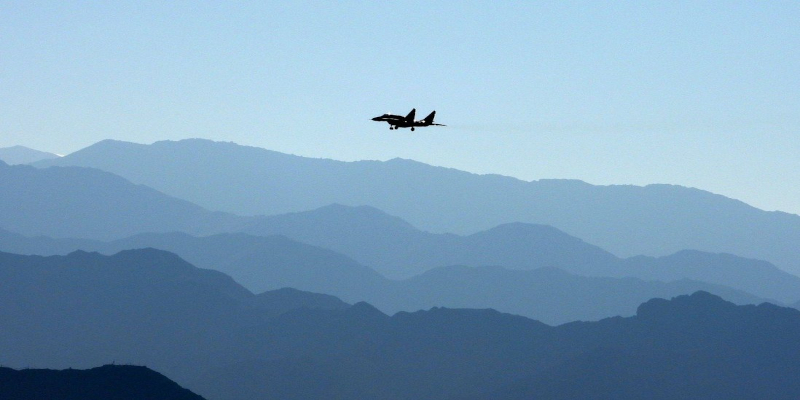
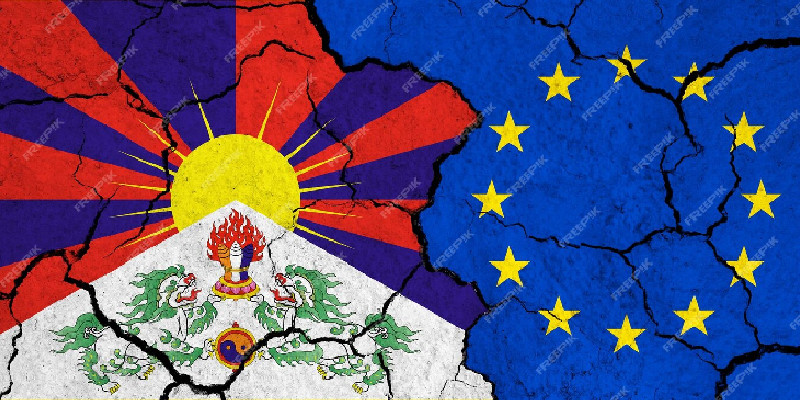
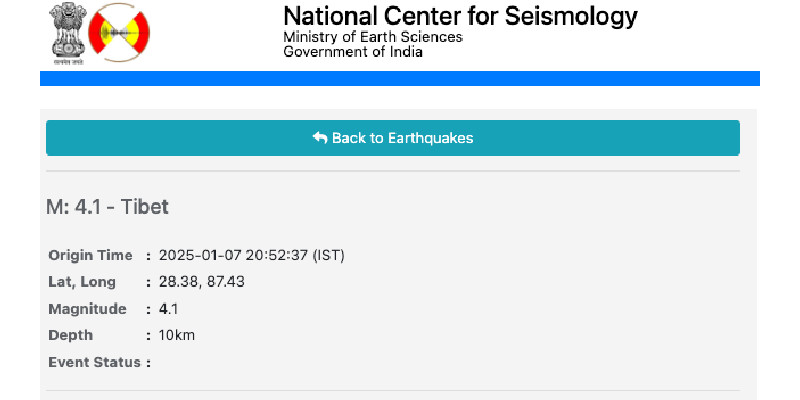
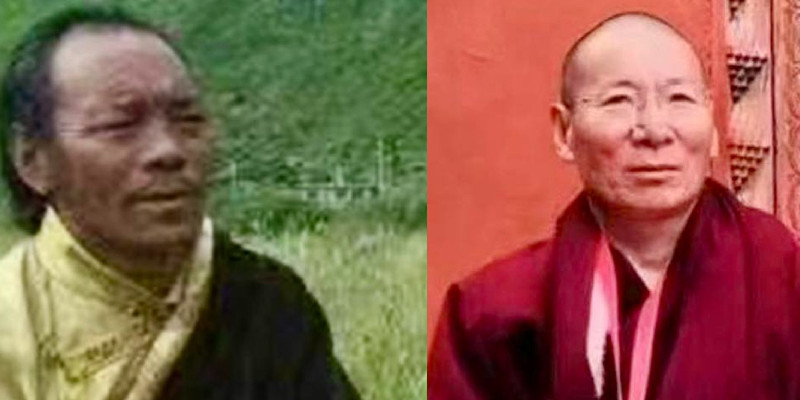
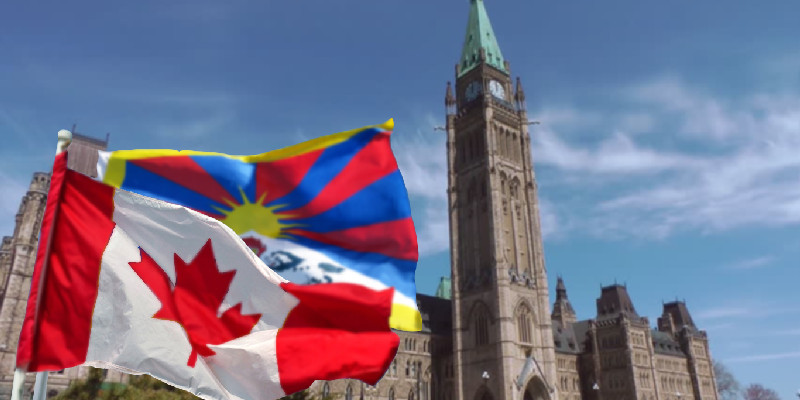

Leave a Reply